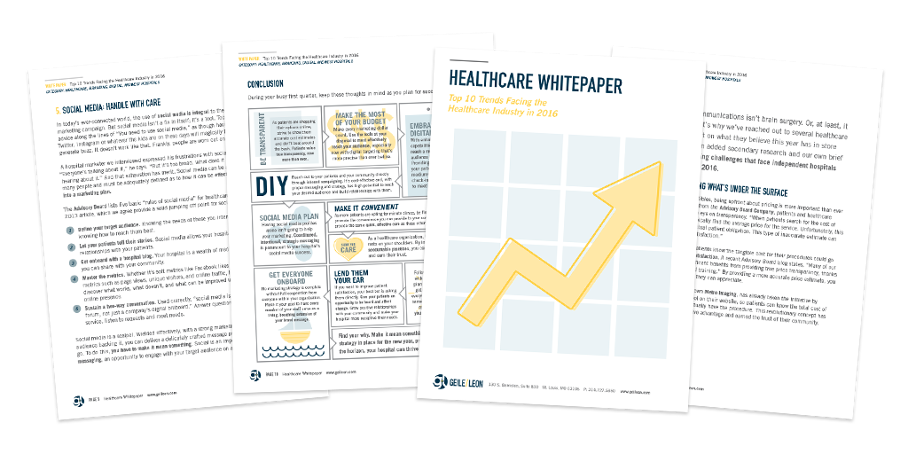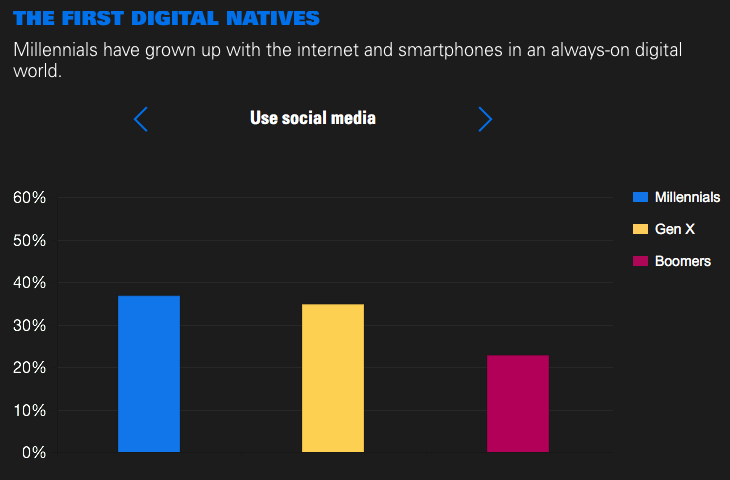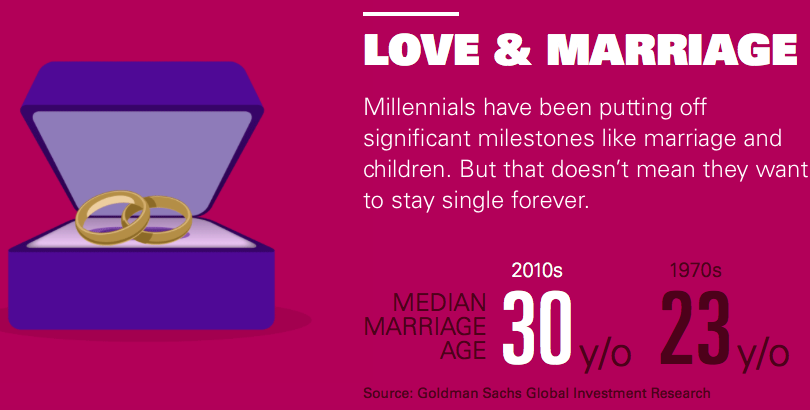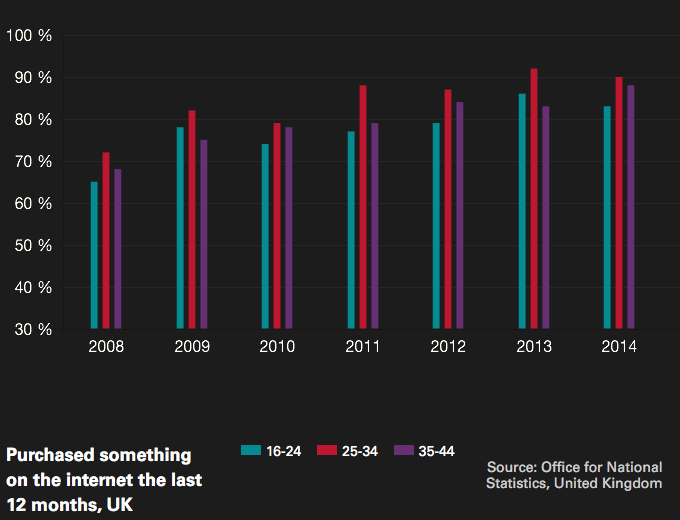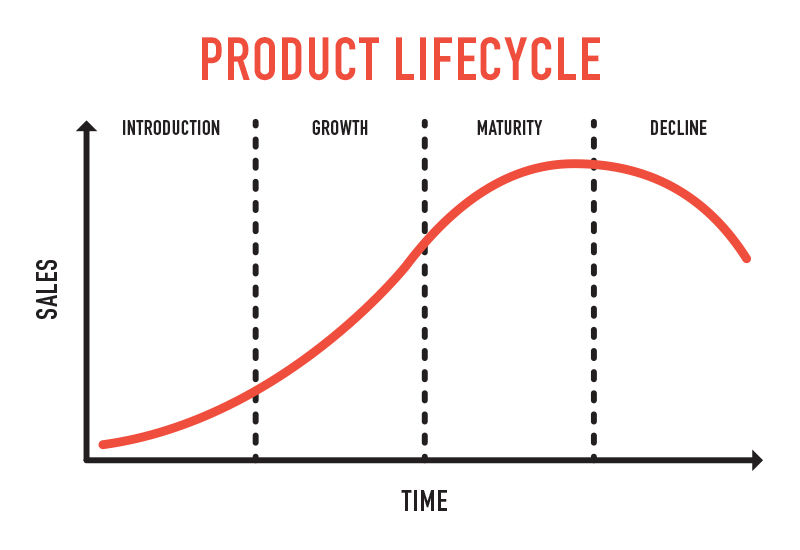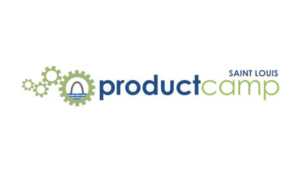
The Event
I recently attended ProductCamp 2015, organized by the St. Louis Product Management Group, a not-for-profit organization based in Saint Louis that coordinates regular in-person meetings and events focused on product management among other product related topics. Out of hundreds of attendees, most of the ones I met are involved in product management.
The Twist
Attendees selected which presentations would be included by casting votes for four of the forty-six proposed presentations. The top thirty made it on the schedule. Of these, I attended several presentations and have several key points to share.
The Takeaways
1. Win Or Lose, You Can Still Get Valuable Consumer Insight
Product managers can still reap value even when their products/services are not the winners in a sales effort.
Shelly Azar, principal of Insight Researchers, presented her approach to Win/Loss Analysis and showed how, if done correctly, product managers can get insights into the minds of B2B customers. By having a process to consistently survey customers after a win or loss, companies can measure how their products are comparing to the competitors’, what is important to the buyer, how decisions are made, etc.
For Example:
- One of the questions she often includes in her surveys determines how far removed the main contact at the prospect’s organization is from the final decision-maker. This will tell you if your sales efforts are targeting the best level instead of some lower level function.
- Another recommendation was that someone other than sales should conduct the interviews to remove any bias. Interviewees may not be as forthcoming with important information when they are talking to the sales person.
After seeing Shelly’s methodical approach to data collection, I’m convinced that companies should work with a trained researcher to help them determine what information to collect, conduct the interviews and report the findings. This should be an ongoing process to look for trends and make any adjustments needed.
2. Not All Product Launches Are the Same
Jeff Lash, Director of the Product Management advisory service at SiriusDecisions, gave a presentation I think all product managers should see: B2B Product Launch — You’re Doing It Wrong. His company has a very organized approach to helping project managers plan and execute product launches and they present it in a detailed way that would impress any technically minded person.
One take-away is to establish a formal set of tiers for product launches. Launches in lower tiers may not need the full product launch process, while upper tiers would require the full support of the organization. Jeff recommends establishing criteria for the tiers and then deciding the steps for each tier even before a revised or new product is proposed. This could help shorten the time to launch because now a process is established and procedures are in place for strategy, execution and growth.
Another suggestion is to view the goal of the launch in terms of what outcomes are needed. Jeff recommends assembling a cross-functional team to brainstorm the desired outcomes. The main goal is not just simply to introduce a product but instead, to accomplish a set of outcomes. Outcomes should be metrics that relate or contribute to how you define commercial success such as the number of distributors needed to carry the product, or how many end-user demonstrations need to be presented, etc. – these are small steps to accomplish the ultimate goal of increased sales.
Since research shows that peer-to-peer reviews are often the number one influence on the buying decision, Jeff stresses the importance of including a process to ensure your customers’ influencers are included in the launch package.
SiriusDecisions has many free resources relating to product launches, including this helpful article: Leveraging Buyer Insight to Impact Launch
3. Beware of Outsourced Manufacturing
Steve Matthews, IP attorney at Matthews Edwards, presented a very thorough set of concerns and safeguards when dealing with Asian outsourced manufacturing. I’ve sat in many meetings with clients who manufacture products and a common concern is that inexpensive, imported knock-offs are digging into their market share. This presentation really helped me to understand how difficult and problematic it can be for our clients.
Outsourced manufacturing to Asia can lower costs, but there are many factors to consider to protect against fraud. Most companies have a Manufacturing Agreement, however, often these offer little protection. Once the product is in the shipping container it is owned by the purchaser so it is imperative to have a systematic way to make sure the products are manufactured to spec before accepting them.
Steve recommends that before entering into an agreement, you should first find a Buyer’s Agent who is knowledgeable about the customs, laws and manufacturing facilities in the source country. He also warns manufacturers to carefully scrutinize the agent and take legal steps to ensure the agent is responsible for all aspects including product quality.
Other steps can and should be taken to help prevent production for fraudulent buyers:
- Patent and trademark the product, not only in your country of origin, but in the source country as well.
This provides a course for legal action against the counterfeiter, whether duplicating your product or using the trademark on other goods. While this may not prevent fraud, it ensures legal action can be taken if fraudulent behavior occurs to halt the sales of the offending goods.
- Monitor the manufacturing.
A fellow attendee’s company assigns its U.S. based engineers to live in the source country and visit the plant every day to monitor the manufacturing. They also take some of the dies back to their hotel room each night to protect against having the product unscrupulously made. These engineers rotate on a three-week basis, which provides a way to consistently monitor production while keeping the engineers based in the U.S.
After hearing many horror stories about issues associated with manufacturing in Asia, I believe that though not every manufacturer is corrupt, it is always a best practice to invest in the safety of your products before entering into a manufacturing agreement. A good way to do this is by speaking with an attorney, or, if you want to speak with Steve, please contact me and I can provide his information.
It is important for communication agencies to understand the way a client’s product management process works. To advise our clients to the best of our ability, and ultimately assist in increasing sales, we must know the ins and outs of a successful process.
If you have any questions or comments about my key takeaways, about any of the speakers or the St. Louis Product Management Group, please fill out the form below and I will be sure to connect with you.
[gl-hs-form form_id=’cec0216a-0904-4e9d-ba5a-4bbc542ae0a1′]


